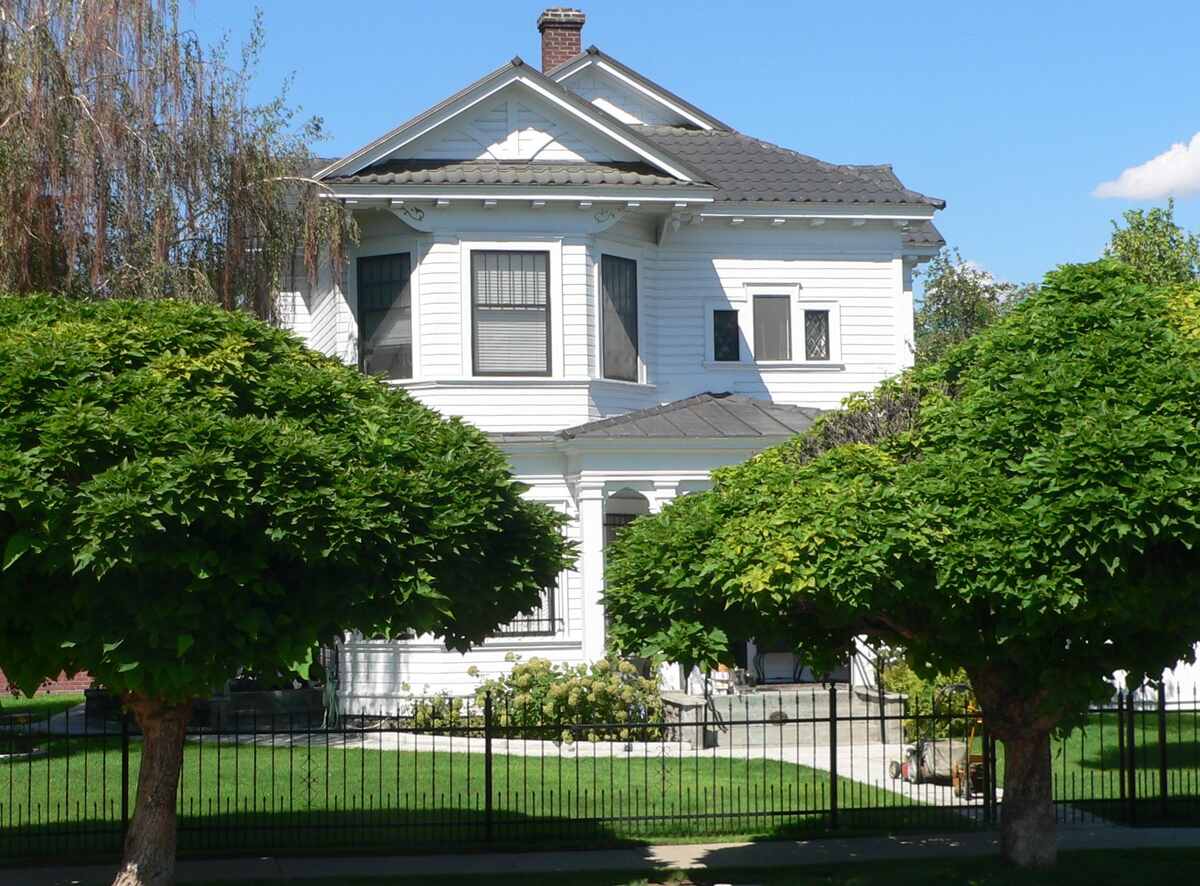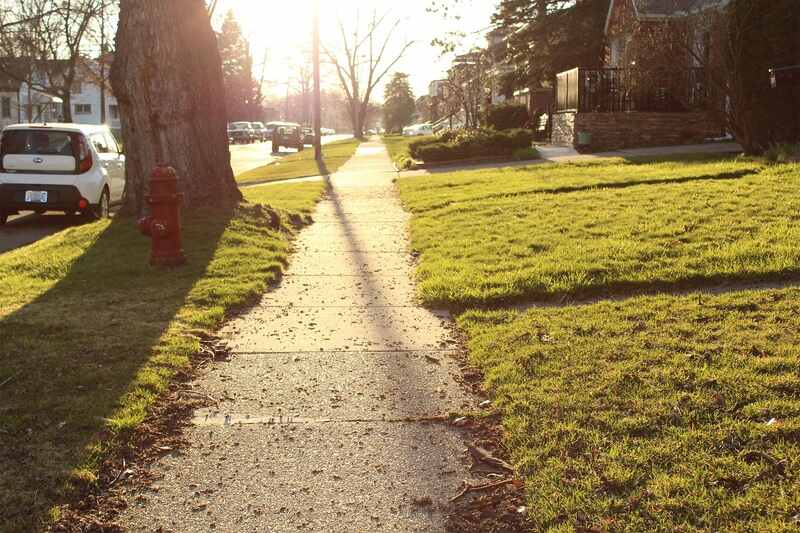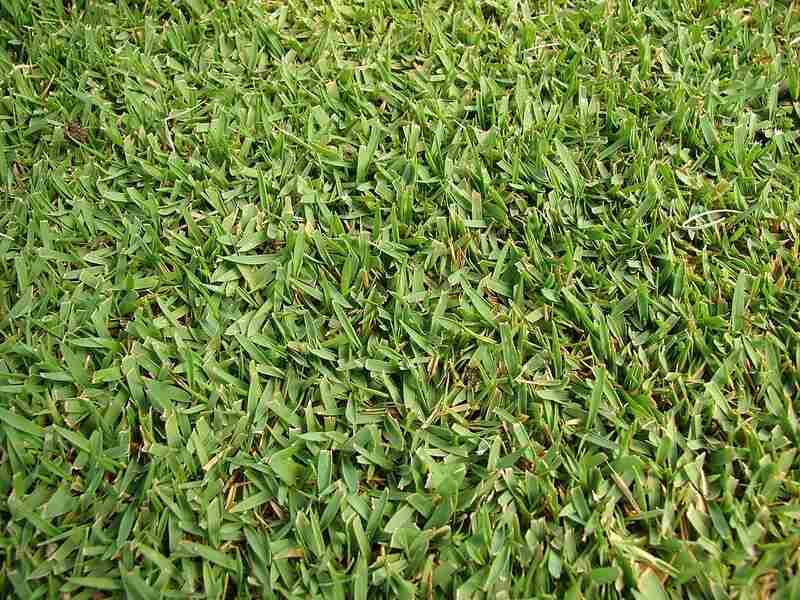
Due to the low water levels of Lake Mead, Nevada has passed a law that will prohibit the use of Colorado River water to irrigate nonfunctional turf. But what does Nevada’s “grass ban” mean for homeowners? Well, the good news is that this ban does not apply to existing single-family home lawns.
Now that you know you can keep your beautiful turf, let’s discuss other important aspects of this new law. We’ll also discuss lawn alternatives to keep your outdoor water use to a minimum.
What is Nevada’s “Grass Ban”?
Popularly known as the “grass ban,” the AB 356 law is a recent southern Nevada outdoor water conservation law. Enacted in 2021, the law will prohibit the use of Colorado River water to irrigate all nonfunctional turf by January 1, 2027. However, the “grass ban” does not apply to existing single-family homes. Phew! Your precious lawn will remain untouched.
While Nevada homeowners will get to keep their front and backyard grass intact, the “grass ban” will have practical implications for other types of properties. All nonfunctional grass will have to be removed or replaced by native plants in all commercial, government, or multi-family properties. New developments will also be prohibited from installing nonfunctional turf.
What is Nonfunctional Turf?

Nonfunctional turf is any irrigated turf area that does not provide the community with some kind of function. Some examples of nonfunctional turf are:
- Streetscape turf: Grass along public sidewalks, parking lots, or driveways.
- Building-adjacent turf: Grass adjacent to a building on any property not zoned as a single-family residence.
- Homeowners association-managed turf: Turf managed by a homeowners association that does not provide recreational benefit or use.
What is Considered Functional Turf?
Functional turf is defined as an area of irrigated grass that provides some kind of benefit for the community. Some examples of functional turf are the ones used in athletic fields, golf courses, cemeteries, public parks, and schools. Other technical but important criteria to define functional turf are:
- Functional turf should not be installed within street medians, along sidewalks, or at the entryways of commercial buildings, parks, and neighborhoods.
- Functional turf must be installed at least 10 feet from a street and on slopes less than 25%.
What are the Benefits of the “Grass Ban”?
Nevada’s “grass ban” is a radical effort to save water. Lake Mead levels are concerningly low, causing the state to declare a water shortage on the Colorado River, which feeds the lake. With the new law, the region will save 7 to 10 billion gallons of water per year, which is enough to supply about 40,000 homes with sufficient water for a year.
As an incentive, the Southern Nevada Water Authority is encouraging residents to remove or convert turfgrass into a water-efficient landscape by offering a cash rebate through the Water Smart Landscapes Rebate program.
What to Plant In Your Nevada Yard

If you’re a homeowner of a single-family property, then you can still grow grass in Nevada. And if you’re doing so, opt for a grass seed best suited for Nevada’s climate. Some good options for the state’s arid climate are:
- Bermudagrass (See our Bermudagrass guide)
- Buffalograss (See our Buffalograss guide)
- St. Augustinegrass (See our article on How to Care for St. Augustinegrass)
- Zoysiagrass (See our Zoysiagrass guide)
Although you can grow grass in Las Vegas and southern Nevada, is it important to mention that switching to a desert-friendly landscape can still benefit you and the local community. And the best news is that by opting for water-wise lawn alternatives, you can still create a beautiful yard that will cost you less money and require less maintenance:
- Use xeriscaping. With xeriscaping you create drought-resistant landscaping and reduce your irrigation needs.
- Go native. Among other benefits, native plants are an eco-friendly and low-maintenance alternative to turf
- Incorporate river-friendly landscaping. River-friendly landscaping habits, such as collecting rainwater and choosing water-efficient plants, can also provide you with a beautiful and yet desert-friendly yard.
FAQ About Nevada’s “Grass Ban”
Can New Homes Have Lawns in Nevada?
The grass ban prohibits the installation of turf in the front and backyards of new residential developments. The law applies to individual homes, commercial properties, homeowner and community associations, and master-planned communities.
How Do I Get a Rebate for Removing or Replacing my Turfgrass?
You can apply online for the Water Smart Landscapes Rebate through the Southern Nevada Water Authority website. Keep in mind that you should apply before removing any turf to be eligible for the rebate.
Where Does The Nevada Grass Ban Apply?
The ban will affect Las Vegas Valley and all of the Southern Nevada region that has water delivered by the Southern Nevada Water Authority.
Contact a Landscaping Pro
You can help your community and yourself by turning your yard into a desert-friendly landscape. And did you know you can get a rebate whether you replace your turf yourself or hire a pro? So if you have the idea in mind but don’t know yet how to get started, contact a local landscaping pro today so you can relax and enjoy your new landscape.
Main Image Credit: Ammodramus / Wikimedia Commons / CC0 1.0